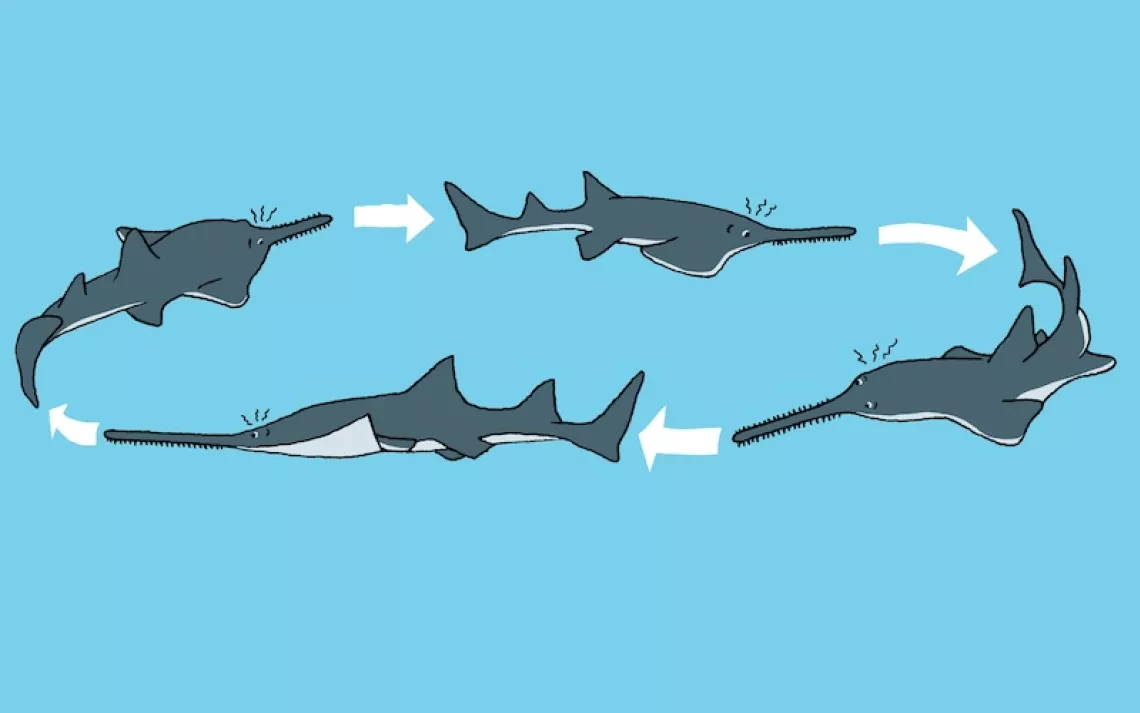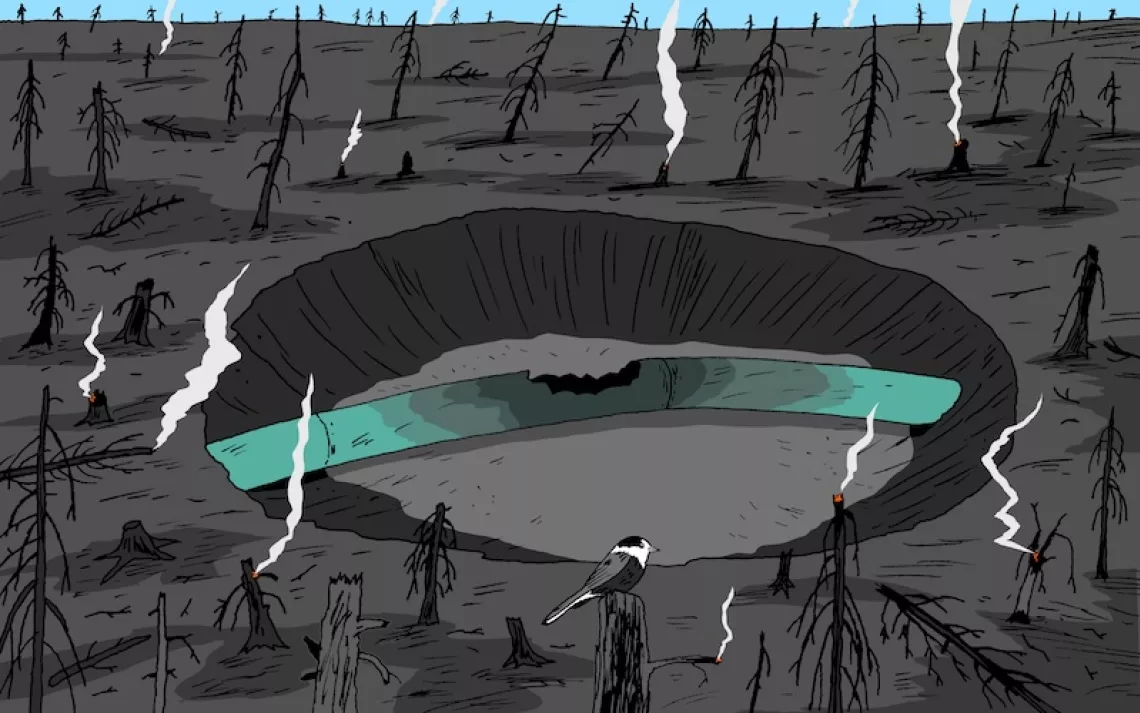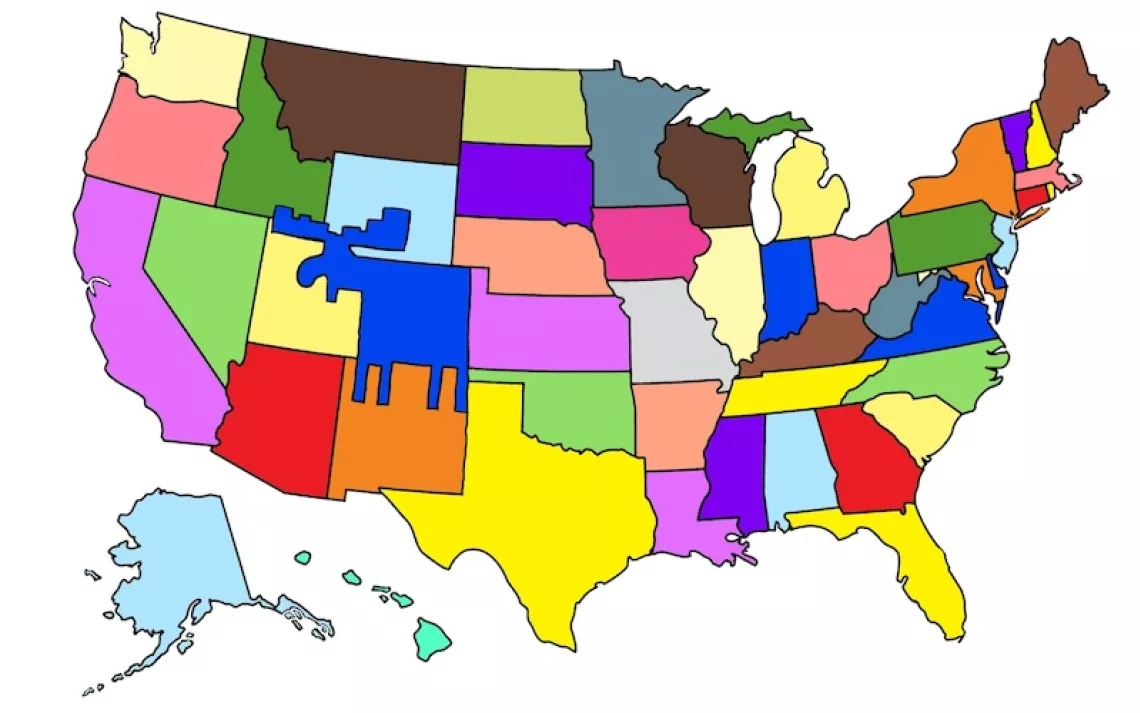Clean Power Plan Supporters Speak as EPA Officials Listen Impassively
The EPA convenes San Francisco forum on whether to kill rule limiting carbon
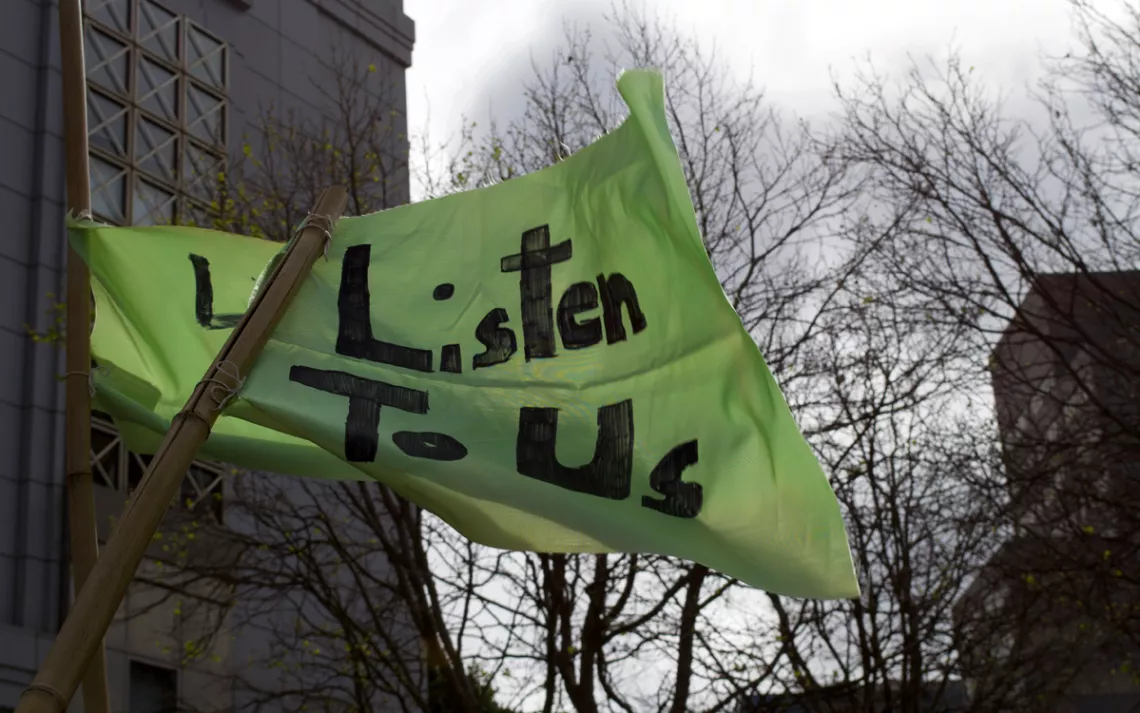
A flag supporters of the Clean Power Plan waved at the EPA's listening session
Just beyond the periphery of a raucous drum circle, with scores of kids chanting and singing and ringing bells, 11-year-old Adam Al-Shugaa assumed a defiant stance as he held up a poster: “Children Are the Future. Listen to Us!”
It was a plea that many people fear has fallen on deaf ears.
Al-Shugaa was one of the nearly 300 speakers who took to a podium at the San Francisco Public Library on Wednesday to deliver sometimes blistering comments at the Environmental Protection Agency’s listening session on the fate of the Clean Power Plan—the Obama-era rule to regulate carbon emissions from power plants. While the agency’s representatives sat at tables looking on impassively and occasionally scribbling notes, one speaker after another approached the microphone to champion the Clean Power Plan (or CPP) and to denounce the agency’s decision to kill it.
“I know they’re not going to listen, because they’re going to say we’re just kids,” Al-Shugaa said after taking his turn to speak. “But kids have rights. We have the right to speak up to people, even though they’re older than us. I want parents to know that kids have the right to be protected, to have their health protected, and the right to speak up. We want no more coal.”

Adam Al-Shugaa outside the San Francisco Public Library, where the EPA's listening session was being held.
Under the direction of administrator Scott Pruitt, the EPA is in the process of trying to rescind and replace the first-ever set of federal rules limiting carbon emissions from stationary sources like power plants. Before the Clean Power Plan was finalized in 2015, the nation’s aging coal- and gas-fired plants, which account for approximately 40 percent of the CO2 emissions produced in the United States, emitted unlimited amounts of carbon pollution.
Pruitt's and President Donald Trump’s effort to kill the plan brought everyone from elected officials, doctors, parents, and engineers to teachers, environmentalists, and concerned residents to San Francisco’s Civic Center on a blustery day to register their discontent.
“My constituents suffer from asthma. I lost a good friend to an asthma death,” Ben Bartlett, a member of the Berkeley City Council, said after delivering his prepared remarks. “I’m very optimistic about our future, but it doesn’t happen on its own. Repealing the CPP is definitely a step backward. Healthy economies necessitate healthy environments, and vice versa.”

Ben Bartlett, member of the Berkely City Council, after delivering his remarks.
In addition to setting a 2030 goal of reducing CO2 emissions from the power sector by 32 percent below 2005 levels, the Obama administration’s Clean Power Plan would also prevent 90,000 asthmas attacks and 3,600 premature deaths annually. Prolonged exposure to particulate matter like the kind power plants produce can cause serious heath impacts, including heart disease, cancer, and respiratory diseases. Economists have shown that when the CPP was announced and finalized, the market had already started to plan around it. Some studies even show that the Clean Power Plan would actually lower what consumers pay on their electricity bills.
Jennifer Ann Cantley, the Nevada field organizer for Mom’s Clean Air Force, stood amid a group of moms wearing red T-shirts upon which the slogan “Fighting for Our Kids’ Health” was embossed in white letters. “We’re here to fight for our children, to have clean air and clean water and clean lands,” she said, “because we want clean air, too. If we don’t stand up now, our children are not going to have clean air to breathe.”

Jennifer Ann Cantley, the Nevada field organizer for Mom's Clean Air Force.

Samantha Deputy, a volunteer with Mom's Clean Air Force, with her two sons. "If we don’t stand up now, our children are not going to have clean air to breathe,” she said.
In 2007, the Supreme Court ruled in Massachusetts v. EPA that greenhouse gas emissions are “air pollutants” covered by the Clean Air Act, and that the EPA is therefore legally obligated to regulate them. Two years later, the agency issued an “endangerment finding” affirming that greenhouse gases are a danger to public health. The EPA then began its work developing a plan for how to follow through on its legal obligation to regulate such gases.
The EPA, under the Obama administration, spent years developing the plan in close consultation with a variety of stakeholders, including electric utility representatives, independent systems operators, and public health, tribal, and labor leaders. It also convened the most robust public hearings process in the history of the agency. In the end, the agency received over 8 million comments supporting the plan.
But in late 2015, some 27 states—led by Scott Pruitt, who was then attorney general of Oklahoma—filed a lawsuit to block the plan on the grounds that the EPA had overreached its legal authority. In an unusual move, the Supreme Court then voted 5-4 in February 2016 for a suspension of the plan while the courts considered the matter. The D.C. Circuit of the U.S. Court of Appeals was set to hear oral arguments last year—and then Donald Trump was inaugurated president. (For a useful timeline of the Clean Power Plan’s torturous path through the courts, click here.)
Trump’s EPA has proposed rescinding the rule and is widely expected to try to replace it with a watered-down alternative that will establish toothless guidelines for coal-plant efficiency, which would do little to nothing to manage the dangerous greenhouse gases responsible for climate change at a time when scientists agree a planetary crisis is looming should we not change course.
“That’s just more delay, delay, delay, which will help the coal industry,” said Liz Perera, the climate policy director for the Sierra Club. “It’ll be harder for the next president to then go back and repeal that and go through the process again. It’s a lot more delay at a time when we don’t have time. In two to four years we could be locking in irreversible climate change.”
According to recently leaked documents, the EPA’s decision to repeal the CPP is part of a quid pro quo with the coal industry lobby. In January, the New York Times reported that Bob Murray, the CEO of Murray Energy, a huge mining corporation based in Ohio and the largest independent operator of coal mines in the United States, delivered a confidential wish list of environmental rollbacks in the days after Trump took power. Murray donated $300,000 to the president’s inauguration. The Trump administration, according to the report, has completed or is set to complete at least 16 of those requests. Repealing the Clean Power Plan is one of them.
In February, the Intercept and Documented reported that leaked internal documents from the wealthy Koch Seminar Network, a network led by billionaire industrialists Charles and David Koch, took credit for a series of recent policy achievements, including the undoing of the Clean Power Plan, after funneling millions in campaign contributions to the GOP and third-party organizations. “This year, thanks in part to research and outreach efforts across institutions, we have seen progress on many regulatory priorities this network has championed for years,” one memo states.
While the Obama administration’s process for rolling out the Clean Power Plan featured a robust public comment process, Pruitt’s EPA has offered few opportunities for citizen input. There has only been one formal public hearing about the proposed CPP rollback. It took place in Charleston, West Virginia, last November, and it will be the last. Yesterday’s event at the San Francisco Public Library was a “listening session” only, meaning it has no legal bearing. A listening session was also held in Kansas City in February. A final session will occur later this month in Gillette, Wyoming—a coal-mining community.
Trump had tremendous support in West Virginia during the 2016 election, a state in which the coal industry dominates. But if Pruitt’s team thought that locating its one public hearing on the repeal of the CPP in coal country would stack the docket with speakers who oppose the plan, the agency was mistaken. Nearly 200 people testified in support of the CPP, with just 45 people testifying against it. Three extra hearing rooms had to be opened up after hundreds showed up to testify over the course of three days.



The listening session in San Francisco was similarly packed, forcing officials to divide public comments into a morning and afternoon block, with speakers in two separate rooms given a total of just three minutes to deliver their remarks. Dan Kalb, a member of the Oakland City Council and a leader in the fight to keep a coal-export terminal out of the city, was another one of those who spoke in favor of the CPP. “Sadly, the Trump administration is considering repealing one of the most important environmental protection and climate laws that the Obama administration put into place,” he said prior to delivering his remarks. “Oakland and many other East Bay and other Bay Area communities have their own climate action plans, because we know, as do people in cities and governments throughout the country, that if we do nothing, we will be subjected to the worst impacts of global warming.”

Dan Kalb, member of the Oakland City Council.
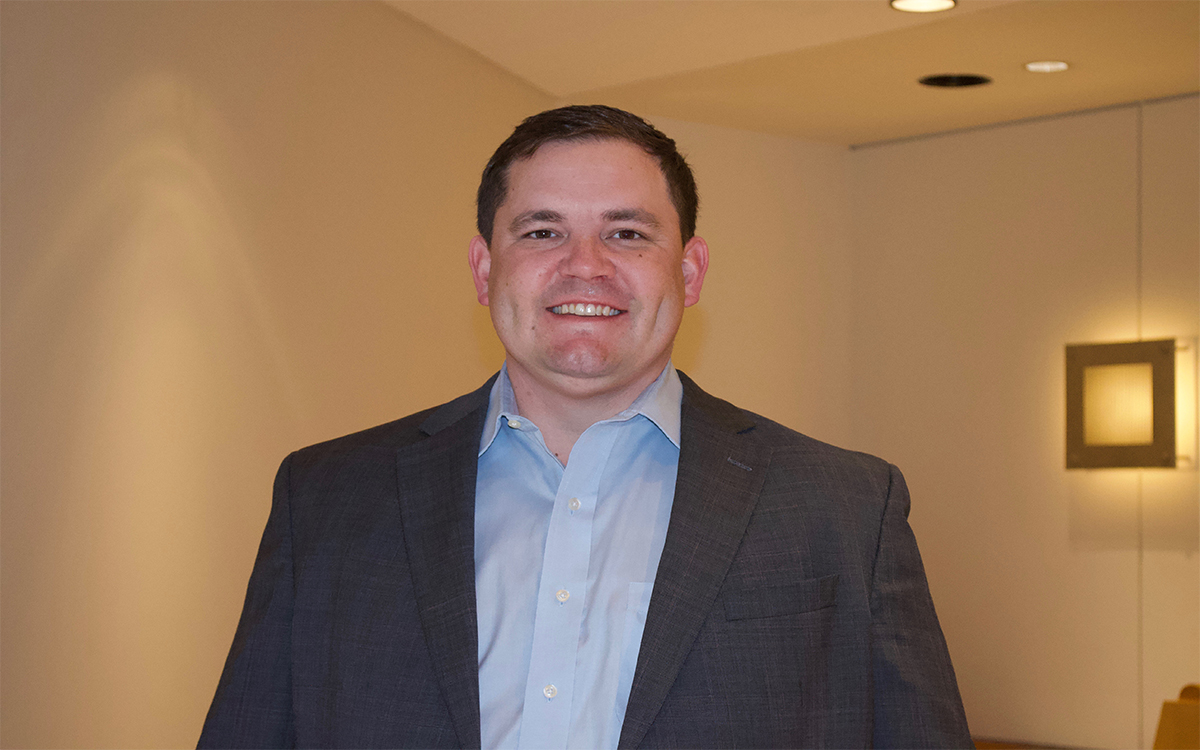
J. Tyler White, president of the Kentucky Coal Association.
Of the few who came to the listening session to show their support for the EPA’s effort to kill the CPP, and for the fossil fuel industry in general, was J. Tyler White, president of the Kentucky Coal Association. “We do not believe that the EPA should be in the business of picking the energy sources that our nation needs and uses on a day-to-day basis,” he said while standing outside one of the session rooms. “America needs an all-of-the-above energy policy. We should not be stifling coal in particular out of our energy mix. It’s one of the most reliable and affordable sources of energy.”
At midday, San Francisco’s acting mayor, Mark Farrell, joined NextGen America-founder Tom Steyer, city officials, and and representatives of environmental groups for a rally on the front steps of City Hall to support the CPP.
"I was testifying at this EPA listening session this morning, and I was listening to the other people who were testifying," Steyer said. "But I was under no illusion that anyone in Washington, D.C. was listening to the facts and the arguments that they presented. Because I know that in Washington, D.C., the people are listening to something else, which is money. They are listening to the money of the corporate contributors who are telling this president to keep going with fossil fuels."
“We are here today because we are letting the nation know that despite whatever comes out of Washington, D.C. on this topic of the environment in particular, no matter what they try to do at the EPA, San Francisco will always be an environmental leader, for our residents and across the entire globe,” Mayor Farrell said. “San Francisco will fight for clean energy programs that create great jobs. We will fight to make sure that dirty fossil fuels remain in the ground.”

Drummers lead a youth march to a rally in front of City Hall.

Mayor Mark Ferrell speaking at the rally.
 The Magazine of The Sierra Club
The Magazine of The Sierra Club


